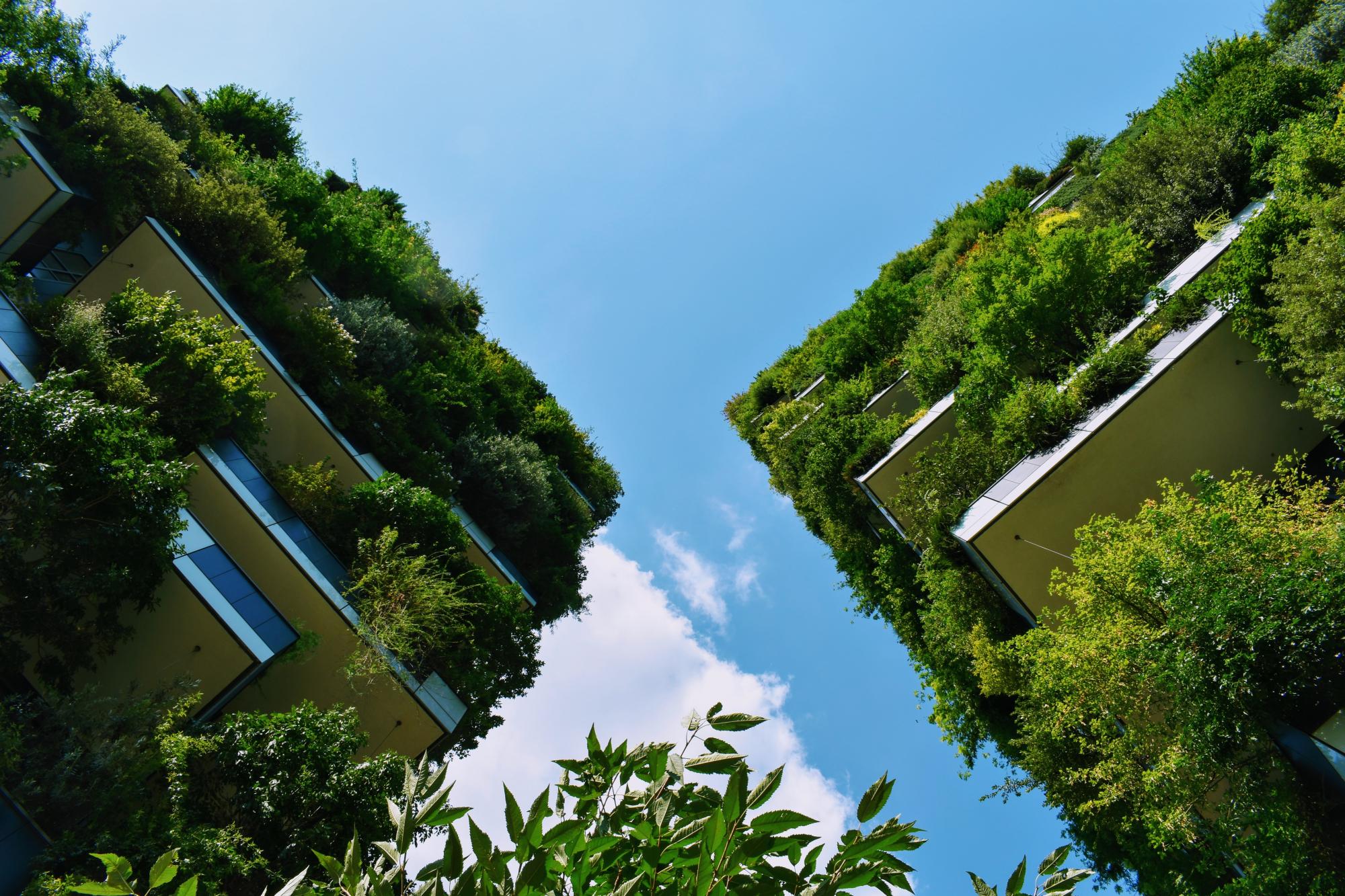Püspökerdő is a 250-hectare large forest in Győr, situated in the inner part of the city. The forest is split into two parts by Moson-Danube river. The forest is maintained by the company Kisalföld Erőgazdálkodási Zrt, which since 1998, has added new facilities to the area with the primary goal of serving the needs of those who visit the forest (Reference 1). It is equipped with educational trails, fireplaces, a clearing suitable for playing ball games, an outside gym and a playground. The educational trails give information about the flora and fauna of the forest in their natural environment. In 2013, a new adventure park was established to attract the nature-lover visitors looking for active recreational opportunities. In 2017, the local government planned a large-scale watersports project in the area, but it was cancelled due to criticism from citizens. In 2020, the forest was granted environmental protection by the local municipality (Reference 9). Step by step the area has been developed since 1998, with the help of municipal and regional funds (educational trails), and private investment (adventure park). The adventure park was opened in 2013 and the latest development happened there in 2016.
Overview
Nature-based solution
- Parks and urban forests
- Large urban parks or forests
- Blue infrastructure
- Rivers/streams/canals/estuaries
Key challenges
- Green space, habitats and biodiversity (SDG 15)
- Green space creation and/or management
- Health and well-being (SDG 3)
- Creation of opportunities for recreation
- Cultural heritage and cultural diversity
- Protection of historic and cultural landscape/infrastructure
Focus
Project objectives
Implementation activities
Main beneficiaries
- Citizens or community groups
Governance
Management set-up
- Co-governance with government and non-government actors
Type of initiating organisation
- Local government/municipality
- Private sector/corporate actor/company
Participatory approaches/ community involvement
- Dissemination of information and education
Details on the roles of the organisations involved in the project
Project implemented in response to ...
Financing
Total cost
Source(s) of funding
- Public national budget
- Public local authority budget
Type of funding
- Direct funding (grants, subsidies, or self-financed projects by private entities)
Non-financial contribution
Impacts and Monitoring
Environmental impacts
- Green space and habitat
- Increased number of protection areas
- Promotion of naturalistic styles of landscape design for urban development
- Increased green space area
- Increase in protected green space areas
Economic impacts
- Unknown
Socio-cultural impacts
- Health and wellbeing
- Gain in activities for recreation and exercise
- Education
- Increased support for education and scientific research
Type of reported impacts
Presence of formal monitoring system
Presence of indicators used in reporting
Presence of monitoring/ evaluation reports
Availability of a web-based monitoring tool
References
2. HHP Contact Tanácsadó Kft. (2008) Győr Megyei Jogú Város Középtávú Integrált Városfejlesztési Stratégiája. Győr: Győr MJV Közgyűlése.
3. Településfejlesztési főosztály (2003) 0412/2013. (IV. 18.) Kgy. előterjesztés: Javaslat az Önkormányzati Környezetvédelmi Alap felhasználására (A Püspökerdő 2013. évi fejlesztésének támogatása). [online] Available at: Source link 20 Jul. 2020].
4. Győr Megyei Jogú Város Önkormányzata. (2005). Településfejlesztési koncepció: Győr Megyei Jogú Város településrendezési eszközeinek felülvizsgálata, 2003-2005. Győr: Győr MJV Közgyűlése. Available at: Source link [Accessed: 20 Jul. 2020]
5. Szokolay, Ö. (2009). Győr fenntarthatósági programja: Local Agenda 21. Győr: Ceurina
6. Source link [2017]. Adrenalin bomba a kalandparkban. [online] Available at: Source link 20 Jul. 2020].
7. Győr Megyei Jogú Város. (2012). Települési Környezetvédelmi Programjának felülvizsgálata, aktualizálása. Győr: Győr Megyei Jogú Város.
8. Magyarország Kormánya. (2017). A Kormány 1387/2017. (VI. 27.) Korm. határozata Magyarország Kormánya és Győr Megyei Jogú Város Önkormányzata közötti együttműködési megállapodásvégrehajtásával összefüggő feladatokról. Magyar Közlöny. Available at: Source link [Accessed: 20 Jul. 2020]
9. Source link (2020). Fiatalodik a Kiserdő, védett lesz a Püspökerdő. [online] Available at: Source link [Accessed: 20 Jul. 2020]
10. Source link (2020). A Püspökerdő Győr tüdeje marad. Available at: Source link [Accessed: 20 Jul. 2020]
11. Fekete, D. (2018). Latest Results of the Győr Cooperation Model. 195Civic Review, Vol. 14, Special Issue, 2018, 195-209, DOI: 10.24307/Source link. Available at: Source link [Accessed: 20 Jul. 2020]
